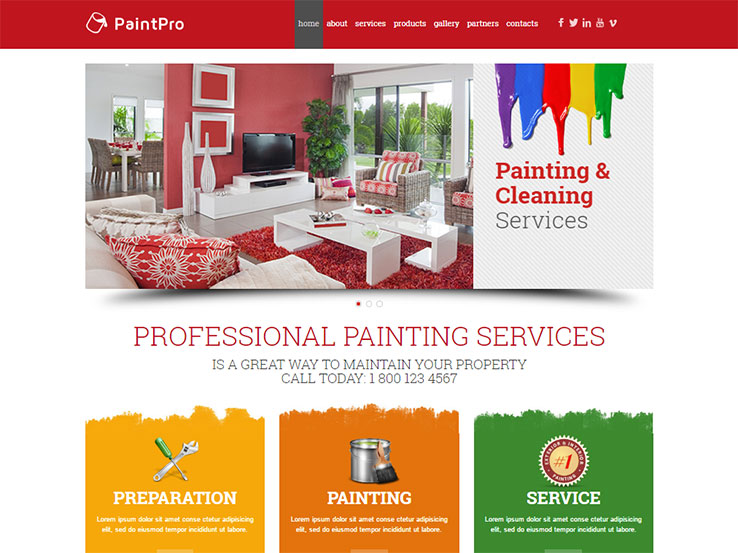When you're budgeting for a commercial paint job, it's easy to overlook specific expenses that can creep up on you. You might believe you have actually covered whatever, yet surprise expenditures like surface preparation and permits can rapidly accumulate. By identifying these possible pitfalls at an early stage, you can develop an extra accurate spending plan. Yet what specific aspects should you think about to prevent those pricey shocks? Let's explore exactly how to analyze your task's extent effectively.
Examining the Scope of Your Job
Prior to diving right into an industrial paint task, it's crucial to examine the scope of your project.
Start by determining the locations that require paint and the overall square footage included. Consider the sort of surfaces, whether they're drywall, wood, or metal, as this affects the products and labor needed.
Next off, evaluate the problem of these surfaces; any kind of repair services or prep work will certainly influence your timeline and budget plan.
Do not neglect to make up the sort of paint you desire, as quality can vary dramatically in cost.
Finally, think of red sky painting . If particular locations require special tools or added precaution, you'll require to factor those expenses into your total spending plan.
Recognizing these aspects will certainly set you up for success.
Identifying Prospective Hidden Expenses
When you have actually evaluated the extent of your industrial paint task, it's time to take into consideration the potential concealed expenses that can develop.
You might forget expenses like surface area preparation, which can consist of cleansing, patching, or priming. Weather-related delays can likewise lead to unforeseen expenses, so keep an eye on the projection.
If your building has several degrees or hard-to-reach locations, you might sustain additional labor costs. Additionally, take into consideration the cost of authorizations or evaluations that may be needed by regional regulations.
Lastly, don't ignore the possibility for boosted prices if you need unique coatings or products. By identifying these possible concealed prices in advance, you can spending plan more effectively and avoid shocks down the line.
Creating a Backup Plan
As you move forward with your industrial paint work, it's important to create a backup plan that addresses unexpected obstacles.
Start by identifying prospective dangers, like climate hold-ups or supply lacks. Appoint a part of your spending plan-- typically 10-15%-- to cover these unpredicted expenditures.
Next off, established https://www.countryliving.com/home-design/decorating-ideas/advice/g1704/kitchen-paint-color-ideas/ and connect them with your team, so everyone's on the exact same page. Routinely review your strategy and readjust it as needed, particularly if circumstances transform.
Lastly, ensure you have trustworthy get in touches with, such as distributors and subcontractors, that can aid you browse any type of issues that occur.
Verdict
To conclude, budgeting for your industrial paint job requires cautious planning and recognition of possible hidden expenses. By assessing the scope of your task and identifying locations where costs could arise, you can create a more precise budget plan. Constantly include a backup plan to deal with unexpected concerns. Staying flexible and examining past projects will likewise help you make informed choices. With these suggestions, you'll be much better prepared to handle your prices and make sure a successful end result.
